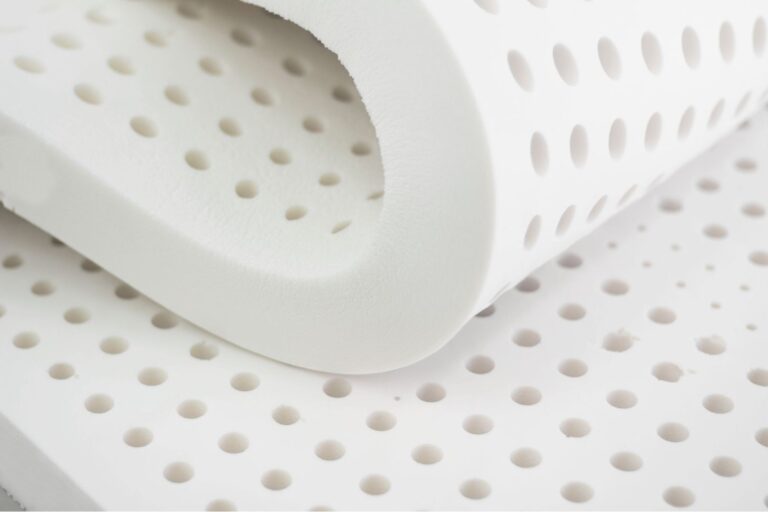Biobased Materials & Chemicals
Biobased materials are made from substances derived from living (or once-living) organisms and include things like bioplastics and engineered wood. The industry includes natural textiles, leather, wood, and paper, and much more. Bio-based chemicals are derived from plants and other renewable agricultural, marine and forestry materials. The biobased chemical industry continues to increase, replacing traditional chemicals with bio alternatives.

Biobased Materials and Chemicals Subject Matter Experts
With an average of over 30 years experience, our experts contribute to biobased materials projects including bioplastics, biochar, biosynthetic materials, biopharmaceuticals, bio fabricated proteins, bioplastics, and those involving engineered proteins, enzymes, cellulose and fermentation. For a more complete list of specialties, see below.
700
Projects in the Last 5 Years
48%
C-Suite Experience
48%
Ph.D, MBA & Advanced Degrees
500+
Patents Granted

Biobased Materials Specialties
The shift to eco-friendly materials is reshaping industries, reducing reliance on fossil-based products. We specialize in sustainable alternatives that meet both environmental and performance standards.
- Ammonia
- Animal-Free Products
- Biochar
- Biofabricated Proteins
- Bioplastics/Polymers
- Cellbased Meat
- Coproducts
- Enzymes/Peptides
- Flavors and Fragrances
- Food Products
- Glycerin
- Latex/Rubber
- Nutraceuticals
- PLA/PHA
- Renewable Chemicals
- Sustainable Fertilizers
- Sustainable Pesticides
Focused, Interdisciplinary Biobased Materials Solutions
Read our case studies on biobased materials and chemicals projects to learn how we helped our clients achieve their goals.
Market Analysis for Cotton-based Bioplastics
Client:
Large Industry Research GroupProject Number:
21078Due Diligence of Biodegradable Bioplastics Investment
Client:
Global Asset Management FirmProject Number:
21133Due Diligence of Recycled PET Investment
Client:
Global Investment BankProject Number:
22094Biomaterials of Tomorrow
Biomaterials have long been a part of our daily lives, from wooden houses to woolen clothes. More recently, biotech advances have brought us sugar-derived first-generation biofuels and high-performance enzymes to power our laundry detergents. Now, we see the emergence of nylon made using genetically engineered microbes instead of petrochemicals, alternative leather from mushroom roots, and cement from bacteria.

Have some questions? Not sure where to start?
Let’s start a conversation. We’re here to help you navigate
the bioeconomy with confidence.
Read our latest insights on the bioeconomy
Fiji Airways, LEC to Partner on SAF Production in Fiji with ADB Funding

BLOGS
What New Federal Timber Directives Mean for Wood Processing, Bioenergy, and Domestic Feedstock Supply
By Bill Hagy, Project Director at LEC Partners In early 2025, two...
Read More
ARTICLES
Green Carbon, Real Impact: Recarbonizing Industry with Biomass-Derived Syngas
Executive Summary While the electrification of many industrial sectors is accelerating the...
Read More
